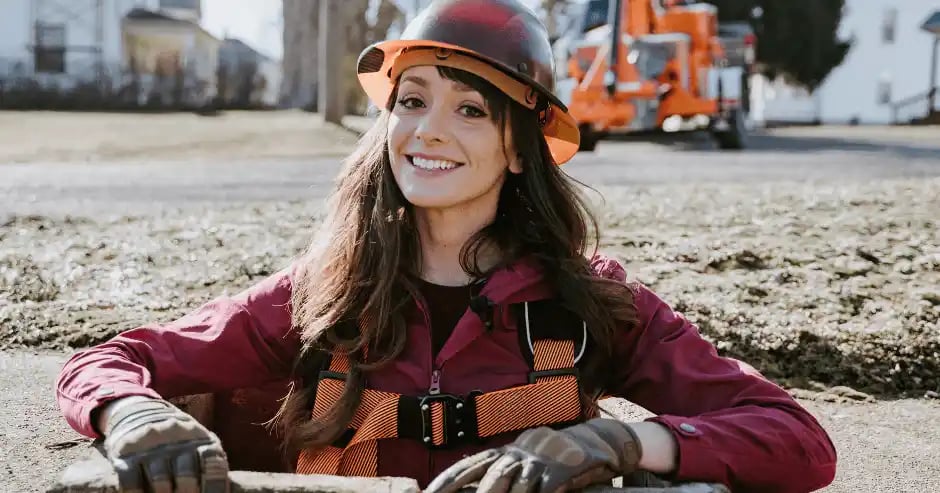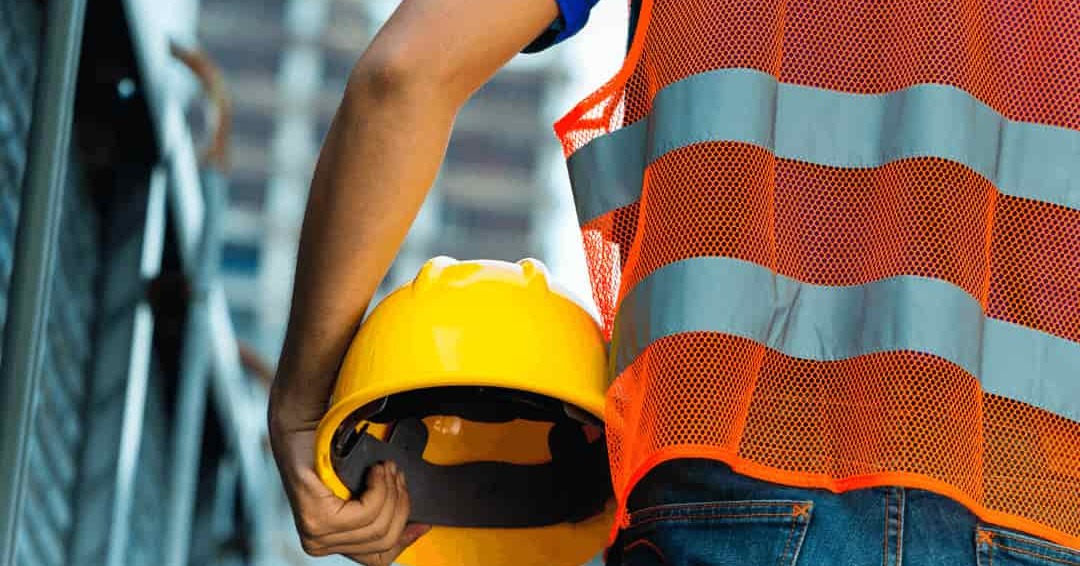Simplify Your Online Safety Training & Compliance Management With Ving Making Life Easier!
Dealing with the maze of OSHA, state, federal, and specific training requirements can be daunting. Ving is here to simplify your online safety training for you with our cutting-edge EHS Software and content. We're dedicated to helping your team stay compliant and safe, easing your workload, and giving you more time for what's pivotal in your business.

What Our Customers Are Saying About Ving


























%20(1).webp?width=600&height=338&name=employees%20looking%20at%20QR%20code%20on%20computer%20-%202023%20(2)%20(1).webp)
Ving, Checks All The Right Boxes!
At Ving, we're revolutionizing both in-person and online training through our flexible platform, designed to simplify your daily tasks and enhance efficiency. Let us help elevate your engagement and productivity to new heights!
-
One-Stop Shop 2,000+ Course Library
-
Courses Available in Multiple Languages
-
Supports Tracking of Both On-Line/In-Person Training - Hybrid Approach
-
Upload/Create Your Courses, SOPS, and more
-
Pin-Point Scheduling Course Assignments and Inspections
-
Inspection Scheduling, Tracking and Issue Resolution
-
Standard Operating Procedure - Smart Checklist Tracking/Reporting
-
Track Certifications and Requirements
-
Text/SMS Notifications, Alerts
-
QR Codes - Location-Based Training
-
Mobile, Desktop, and Tablet Compatibility
Explore Customer Stories
/servpro%20of%20portage%20county.webp)
"Excellent Customer Service and Product"
I highly recommend using VING for anything from safety training to onboarding and management training. I can't stress enough how helpful and knowledgeable the Customer Support is!!!
/customer%20review%20logo%20for%20marketing%20site.webp)
"Ving Training has been very convenient and helpful."
I like the flexibility and convenience of completing training for employees with different job responsibilities and schedules.

What do you like best about Ving?
Ving! is unbelievably easy to use. The platform can be as standard or customized as you like, and the team behind it is brilliant!
/servpro%20of%20portage%20county.webp)
"Excellent Customer Service and Product"
I highly recommend using VING for anything from safety training to onboarding and management training. I can't stress enough how helpful and knowledgeable the Customer Support is!!!
/customer%20review%20logo%20for%20marketing%20site.webp)
"Ving Training has been very convenient and helpful."
I like the flexibility and convenience of completing training for employees with different job responsibilities and schedules.

What do you like best about Ving?
Ving! is unbelievably easy to use. The platform can be as standard or customized as you like, and the team behind it is brilliant!
/servpro%20of%20portage%20county.webp)
"Excellent Customer Service and Product"
I highly recommend using VING for anything from safety training to onboarding and management training. I can't stress enough how helpful and knowledgeable the Customer Support is!!!
/customer%20review%20logo%20for%20marketing%20site.webp)
"Ving Training has been very convenient and helpful."
I like the flexibility and convenience of completing training for employees with different job responsibilities and schedules.

Safety Talks
The era of mundane toolbox talks is behind us. We're excited to introduce Modern Safety Talks, now featuring online safety training tailored for today's learners. Our innovative approach is crafted to boost engagement and improve retention, ensuring that every participant feels supported and understood.
.webp?width=1002&height=585&name=construction%20worker%20looking%20at%20checklist%20on%20phone-1%20-%202023%20(2).webp)
Ving Smart Checklists
Elevate the efficiency of your inspections and standard operating procedures with our EHS Software. By anticipating and proactively addressing potential issues, we're here to help you enhance safety measures effectively and compassionately.

Five Use Cases (Among the many to share!)
Become a part of Ving's nationwide family of users, where learning from the top safety experts becomes your new norm. Through our innovative EHS Software, our team at Ving is committed to not just sharing best practices but also to offering compassionate guidance tailored to support you in reaching your safety objectives.
Get Started!
Ready to Schedule a Discovery Call?
Are you ready to elevate your safety program? Let's have a discovery call. At Ving, we're here to support and guide you, offering innovative solutions tailored to your needs. Reach out to us, and let's explore together how our offerings can positively impact your organization.
